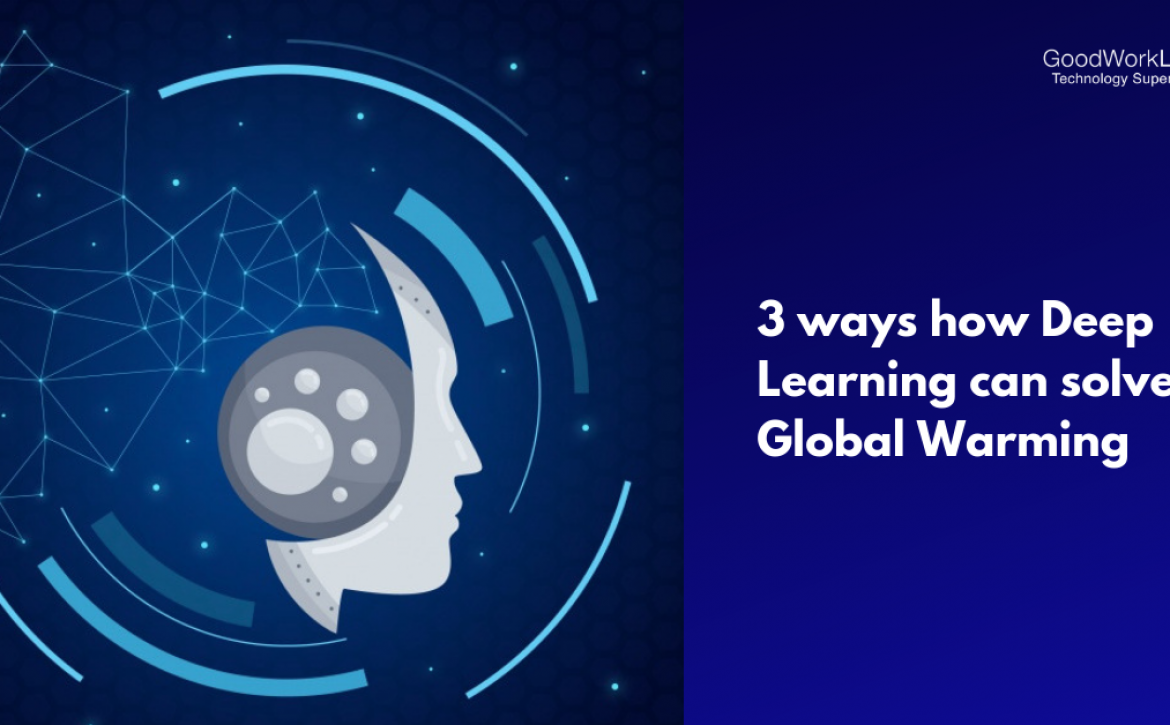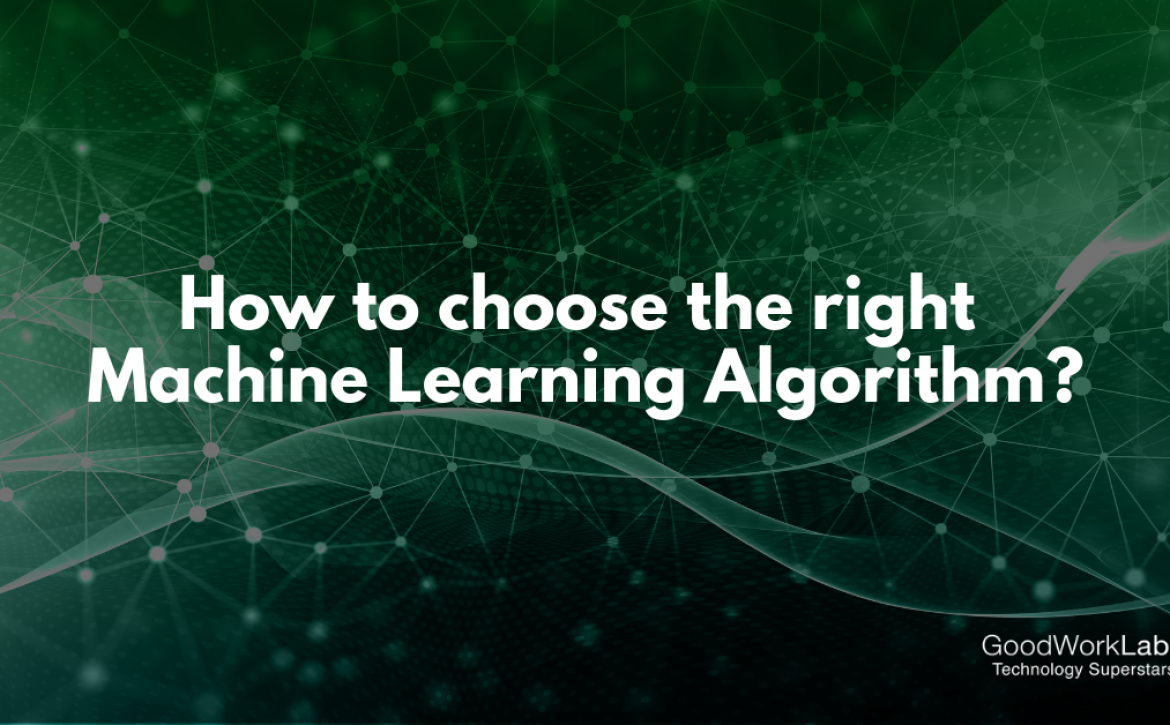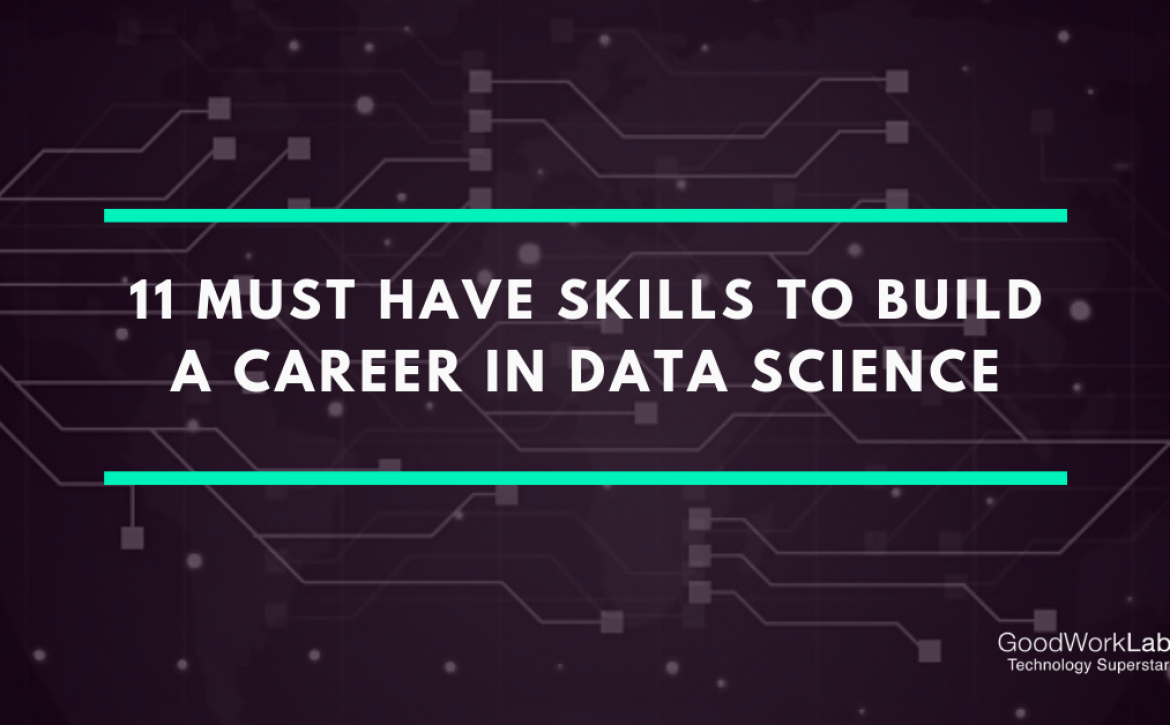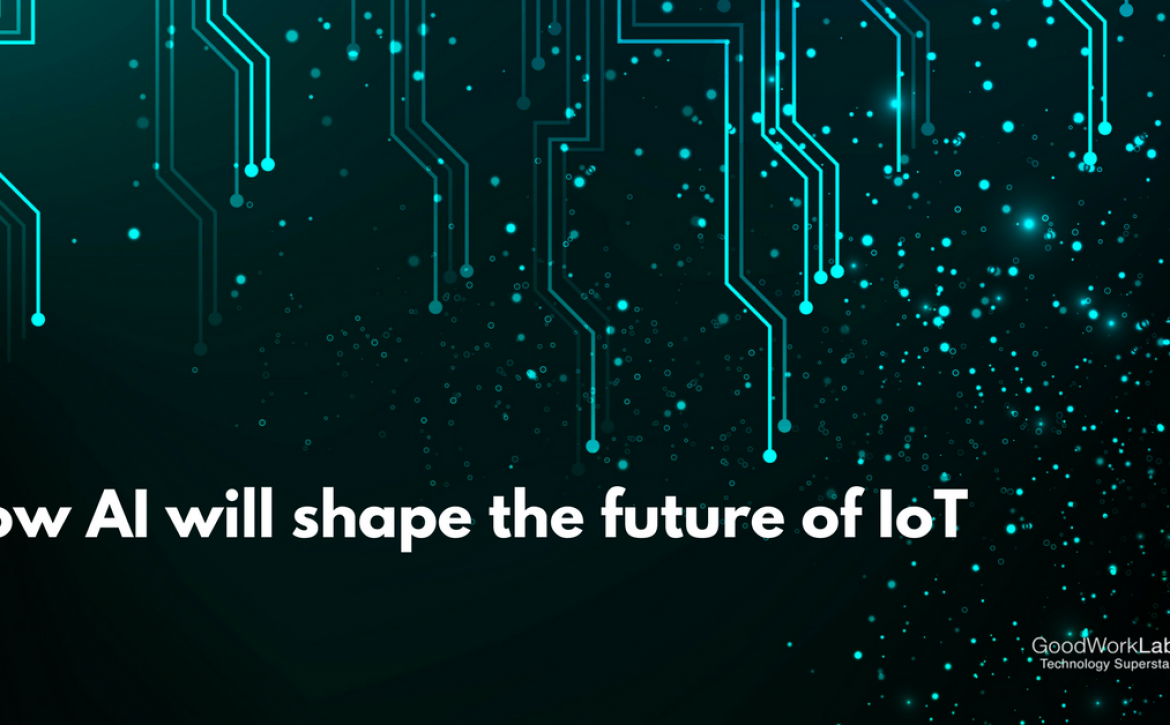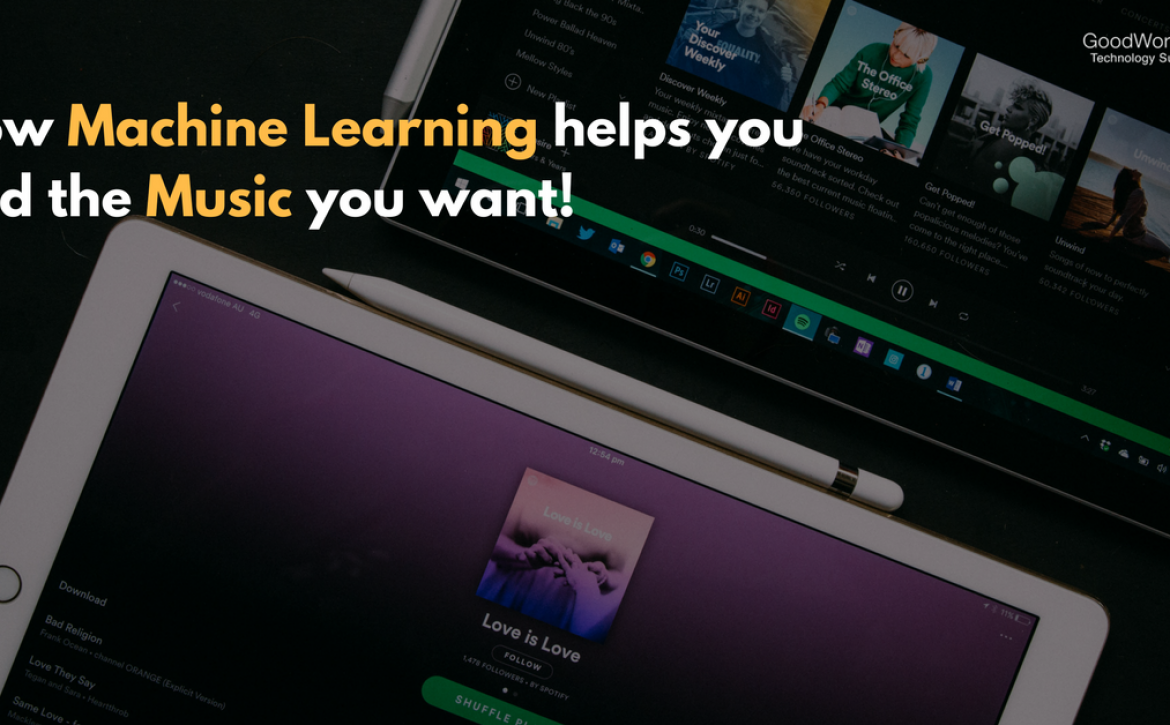3 Ways How Deep Learning Can Solve The Problem of Climate Change
How to use Deep Learning for Global Warming
Over the past years, our planet has experienced drastic climatic changes. Global warming is now inevitable as observed by scientists with the help of Earth-orbiting satellites and other technological advances. Since the late 19th century, the planet’s average surface temperature has risen about 1.62 degrees Fahrenheit (0.9 degrees Celsius), a change that has been driven largely by increased carbon dioxide and other human-made emissions into the atmosphere. Most of the warming has occurred in the past 35-40 years, and it is all a consequence of human activity.
Climate change has not only affected the global temperature, but it is also the reason behind warming oceans, shrinking ice sheets, glacial retreats, decreased snow covers, rise in the sea level, declination of the Arctic sea ice and also the acidification of oceans. These issues together cause a global challenge.

The world’s current population of 7 billion will grow to around 9.8 billion by 2050 and this augmentation will lead to an increase in the demand for food, materials, transport and energy and further increasing the risk of environmental degradation.
The important question to be asked now is can humanity preserve our planet for our future generations?
The answer is YES. A new study published in the journal Proceedings of the National Academy of Sciences has found that Artificial Intelligence (AI) can enhance our ability to control climate change.
Artificial Intelligence is defined as the simulation of human intelligence processes by machines, especially computer systems. These processes include the learning process (the acquisition of information and rules for using the information), the reasoning of information (using rules to reach approximate or definite conclusions) and self-correction. AI, in particular, has immense potential to help unlock solutions for a lot of problems.
Artificial Intelligence is a broad term under which come two applications – Machine Learning and Deep Learning.
Machine Learning provides systems the ability to automatically learn by developing computer programs that can access data and use it to learn from them and then apply what they’ve learned to make informed decisions.
On the other hand, Deep learning creates an “artificial neural network” by structuring algorithms in layers. This network can learn and make intelligent decisions on its own. Deep learning is a subfield of Machine Learning. The “deep” in “deep learning” refers to multiple layers of connections or neurons, similar to the human brain.
How can deep learning help the challenge?
Artificial Intelligence can prove to be a game changer if used effectively. The advancement of technology achieved by AI has the potential to deliver transformative solutions. Some possible ways in which deep learning can be useful for the Earth are:-
1. Weather forecasting and climate modeling
To improve the understanding of the effects of climate change and also to transform weather forecasting, a new field of “Climate Forecasting” is already emerging with the help of Artificial Intelligence. This way of saving the planet sounds very promising since the weather and climate-science community have years of data, in turn, providing a fine testbed for machine learning and deep learning applications.
These datasets demand substantial high-performance computing power, hence limiting the accessibility and usability for scientific communities. Artificial Intelligence can prove useful in solving these challenges and make data more accessible and usable for decision-making.
Public agencies like NASA are using this to enhance the performance and efficiency of weather and climate models. These models process complicated data (physical equations that include fluid dynamics for the atmosphere and oceans, and heuristics as well). The complexity of the equations requires expensive and energy-intensive computing.
Deep learning networks can approximately match some aspects of these climate simulations, allowing computers to run much faster and incorporate more complexity of the ‘real-world’ system into the calculations. AI techniques can also help correct biases in these weather and climate models.
2. Smart Agriculture
Precision agriculture is a technique used for farm management that uses information technology to ensure that the crops and soil receive exactly what is needed for optimum health and productivity. The goal of Precision Agriculture is to preserve the environment, improve sustainability, and to ensure profitability.
This approach uses real-time data about the condition of the crops, soil, and air along with other relevant information like equipment availability, weather predictions etc.
Precision Agriculture is expected to involve automated data collection as well as decision making at the farm level. It will allow farmers to detect crop diseases and issues early, to provide proper and timely nutrition to the livestock. In turn, this technique promises the increase of resource efficiency, lowering the use of water, fertilizers, and pesticides which currently flow down towards rivers and pollute them.
Machine and deep learning help in creating sensors that are able to measure conditions such as crop moisture, temperature and also soil composition that will automatically give out data that helps in optimizing production and triggering important actions.
Smart Agriculture has the capability to change agriculture by changing farming methods and proving beneficial for the environment.
3. Distributed Energy Grids
The use of the application of deep learning in the energy grid is spreading increasingly. Artificial Intelligence can help in enhancing the predictability of the demand and supply for renewable resources, in improving energy storage as well as load management, in assisting the integration and reliability of renewable energy and in enabling dynamic pricing and trading.
AI-capable “virtual power plants” can easily aggregate, integrate and also optimize the use of solar panels, energy storage installations and other facilities. Artificial intelligence will enable us to decarbonize the power grid, expand the use and the market of renewables, thus increasing energy efficiency. The decentralized nature of distributed energy grids makes it more possible for them to be used globally.
Final thoughts
In conclusion, Artificial Intelligence techniques like deep learning can prove to be very useful for the environment in the future if used effectively. After years of damaging our planet, it is our time now to save it for the coming generations.


